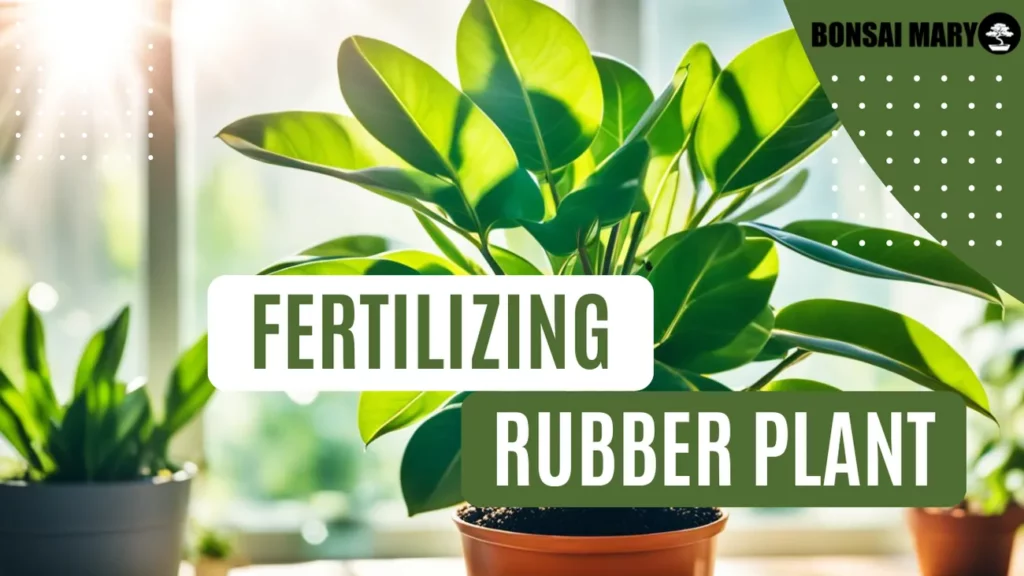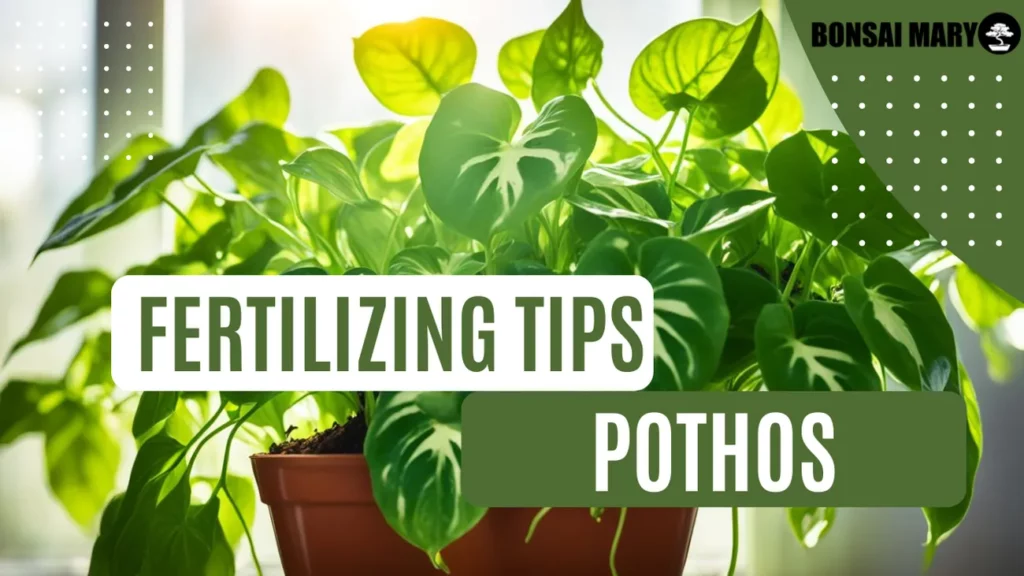Water bonsai trees approximately once a week, but adjust based on soil moisture and climate. It’s essential to monitor the soil and never let it dry out completely.
Caring for bonsai trees intertwines art with horticulture. These miniature masterpieces require attention to detail, and their watering needs are a top priority. The frequency of watering a bonsai tree is not set in stone; it varies due to factors like the size of the tree, pot, climate, and season.
How Often Should You Water Bonsai: Striking the right balance is critical since overwatering can lead to root rot, while under-watering can stress the tree. Your bonsai’s health thrives on consistency and observation, making watering a nuanced but manageable aspect of bonsai care. By ensuring the soil is damp but not waterlogged, you create an environment for your bonsai to flourish. Remember to assess each tree individually, as their water requirements may differ.

Credit: bonsaimary.com
Table of Contents
Bonsai Watering Basics
Proper watering is the lifeline of a bonsai tree. Bonsai trees require careful monitoring and specific watering schedules. Unlike typical houseplants, bonsai trees have unique needs due to their size and the type of soil used. Let’s dive into understanding these crucial factors for a thriving bonsai.
Understanding Bonsai Soil Needs
Bonsai soil differs significantly from regular potting soil. It’s designed to drain water quickly while still retaining the right amount of moisture. Bonsai soils often contain a mix of akadama, pumice, and lava rock. This combination promotes aeration and prevents root rot. Knowing the soil composition helps determine how often you should water your bonsai.
- Akadama retains water, providing consistent moisture.
- Pumice ensures good drainage and air flow.
- Lava rock aids in holding the soil structure.
Significance Of Consistent Moisture
Maintaining consistent moisture levels is critical for bonsai health. While overwatering can lead to root decay, underwatering can cause your bonsai to dry out and wilt. The goal is to keep the soil slightly moist at all times. Here are some tips to help you achieve that balance:
| Check Soil Daily | Deep Watering | Avoid Evening Watering |
|---|---|---|
| Touch the soil to assess moisture levels daily. | Water thoroughly until it runs out of drainage holes. | Water in the morning to prevent overnight waterlog. |
To ensure your bonsai gets the right amount of water, use a watering can with a fine nozzle. This allows for even distribution without disturbing the soil. In hot weather, your bonsai may require watering once a day. During cooler months, less frequent watering is necessary. Always monitor and adjust based on your specific environment and bonsai species.

Credit: www.amazon.com
Factors Affecting Watering Frequency
Understanding when to water your bonsai is crucial for its health and beauty. Several factors influence watering frequency, and knowing these can ensure your bonsai thrives. Let’s explore these variables in depth.
Impact Of Pot Size On Water Retention
Smaller pots dry out faster than larger ones. This means bonsais in miniature containers need more frequent watering. Pot material also affects water retention; clay pots allow for quick drying, while plastic holds moisture longer. Assess both size and material to determine the correct watering schedule for your bonsai.
Climate And Seasonal Variations
- Summer requires more water due to higher temperatures and evaporation rates.
- During winter, plants enter a dormant stage, reducing water needs.
- Humidity and rainfall patterns also play a role; higher humidity means less frequent watering.
- Monitor weather conditions closely to adjust your bonsai’s watering needs.
Species-specific Water Requirements
| Bonsai Species | Water Requirements |
|---|---|
| Juniper | Minimal; allow drying between watering |
| Ficus | Consistent moisture needed |
| Pine | Monitor closely; varies with species |
Each bonsai species has unique needs. Do your research and understand your tree’s species. Overwatering or underwatering can lead to poor health or even death.
Recognizing Thirst In Bonsai
Bonsai trees are like miniature ecosystems, requiring careful attention to thrive. Knowing when to water your bonsai can make all the difference in its health and growth. Unlike typical houseplants, bonsai trees have unique watering needs. Let’s explore how to tell if your bonsai is thirsty.
Visual Clues: Leaves And Soil
Observing your bonsai’s leaves and soil provides immediate information about its water requirements. Dry, brittle leaves or those that begin to droop signal a clear need for water. Equally telling is the soil’s appearance. Bonsai soil should remain moist but not soggy. Check the top layer; if it feels dry to the touch, your bonsai is likely yearning for a drink.
The Weight Test: Assessing Moisture By Heft
Another effective method is the weight test. Lift the pot after watering to feel its heft. Do this again when the bonsai requires water. With practice, you’ll notice a substantial difference. A lighter pot indicates it’s time to water. This method is especially useful for bonsai trees in pots without drainage holes where soil moisture is not as apparent.
| Method | How to Check | Indication of Thirst |
|---|---|---|
| Visual Check | Observe leaves and soil | Dry leaves and soil surface |
| Weight Test | Lift pot to feel weight difference | Lighter pot compared to after watering |
Remember, overwatering can be just as harmful as under-watering. By using these methods, you ensure your bonsai receives just the right amount of water to flourish.
Watering Techniques For Optimal Health
Understanding Watering Techniques for Optimal Health is crucial for any bonsai enthusiast. Just like any living plant, bonsai trees require a precise watering frequency. Finding the right balance can be the difference between a flourishing miniature tree and one that struggles to survive. This section explores effective methods to water your bonsai for robust health.
Deep Watering Method For Root Saturation
Deep watering is a cornerstone technique for bonsai care. This method ensures that water reaches deep into the soil, touching all the roots. Follow these simple steps:
- Submerge the bonsai pot in a basin of water.
- Wait until air bubbles stop rising to the surface.
- Remove the pot and allow excess water to drain completely.
This ensures no root remains dry. Repeat the process when the topsoil feels slightly dry.
Misting: Advantages For Humidity
Misting your bonsai has multiple benefits:
- Increases humidity around the tree.
- Promotes leaf freshness and prevents drying.
- Reduces risk of pests and diseases.
Use a spray bottle to gently mist the foliage. Do this especially during drier months or if the indoor air lacks moisture.
Common Watering Mistakes To Avoid
Watering a bonsai is an art as much as it is a science. Taking care of these miniature trees means avoiding watering mistakes that can harm their health. Learn the pitfalls of over and underwatering and how to keep your bonsai thriving.
Overwatering: Identifying And Correcting
Overwatering your bonsai can lead to root rot and fungal infections. These are signs your bonsai may be getting too much water:
- Yellowing leaves that drop off
- Mushy, black roots
- Stunted growth or wilted leaves
Correcting overwatering involves these steps:
- Reduce the frequency of watering.
- Check the soil before watering; it should dry slightly.
- Ensure proper drainage in your bonsai pot.
Let the top of the soil dry out and repot your bonsai if necessary.
Underwatering: Risks And Recovery
Underwatering can be just as dangerous. Bonsai trees need consistent moisture to survive. Here are signs your bonsai is thirsty:
- Dry, brittle leaves
- Soil pulling away from the pot sides
- Leaf drop or discoloration
To recover an underwatered bonsai, follow these tips:
- Soak the entire pot in water until bubbles cease.
- Water regularly but do not saturate.
- Monitor the soil moisture daily to prevent recurrence.
Maintain a consistent watering schedule that keeps the soil moist but not wet.
Advanced Tips For Precision Watering
Advanced Tips for Precision Watering of bonsai trees elevate their health and beauty to the next level. Expert gardeners use tools and techniques for targeted watering. These ensure each tree receives the exact amount of water it needs to flourish. Exploring these advanced strategies will help your bonsai thrive in its miniature landscape.
Using Moisture Meters And Tools
Moisture meters offer a scientific approach to bonsai watering. These handy tools help prevent both under-watering and over-watering problems. Below are steps to effectively use a moisture meter:
- Insert the probe into the bonsai soil, avoiding roots.
- Check the moisture level displayed on the meter.
- Water the bonsai when the meter reads dry or in the dry range.
Other helpful tools include syringes for precise watering and sprayers for maintaining humidity around the foliage.
Scheduling Irrigation For Bonsai Perfection
Creating a watering schedule tailored to your bonsai’s needs is an art. Consider these factors for a perfect schedule:
| Factor | Impact on Watering |
|---|---|
| Soil Type | Different soils retain water differently. Adjust accordingly. |
| Season | Water more in summer, less in winter. |
| Environment | Indoor trees may need less water than outdoor ones. |
Remember, consistency is key. Always check soil moisture before you water. Your bonsai’s watering needs can change with variations in temperature or light.

Credit: bonsaimary.com
Frequently Asked Questions For How Often Should You Water Bonsai
How Much Water Do Bonsai Trees Need?
Bonsai trees require varying amounts of water based on size, species, and climate. Typically, water every few days when the topsoil feels slightly dry. Overwatering can be harmful, so ensure proper drainage in the pot.
How Long Can Bonsai Go Without Water?
Bonsai trees generally require water every 1-2 weeks, but this can vary based on factors like species, climate, and pot size. Regular monitoring is recommended to prevent drying out.
Should I Mist My Bonsai Every Day?
Misting your bonsai daily isn’t necessary; instead, focus on maintaining consistent soil moisture. Frequent misting may benefit humidity-loving species but could foster fungal issues for others. Adjust misting based on your bonsai’s specific needs and the humidity of your environment.
How Do I Know If My Bonsai Tree Is Overwatered?
Check your bonsai for yellowing leaves, a musty smell, or a constantly soggy soil. These are common signs of overwatering.
Conclusion
Watering bonsai is an art, honed by understanding your plant’s needs. Frequency hinges on multiple factors like climate, season, and soil type. Remember, observe rather than adhere to a strict schedule. Your bonsai’s health reflects your attentiveness, ensuring its miniature beauty thrives for years to come.
